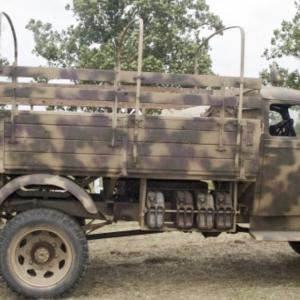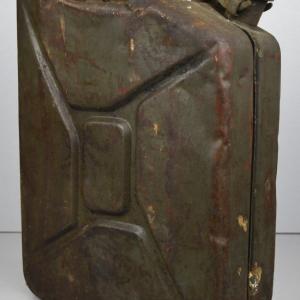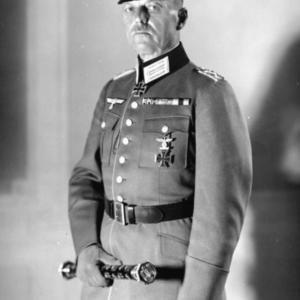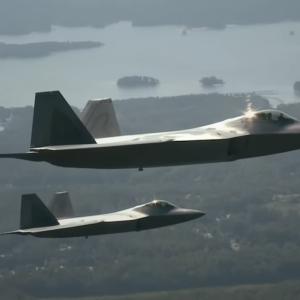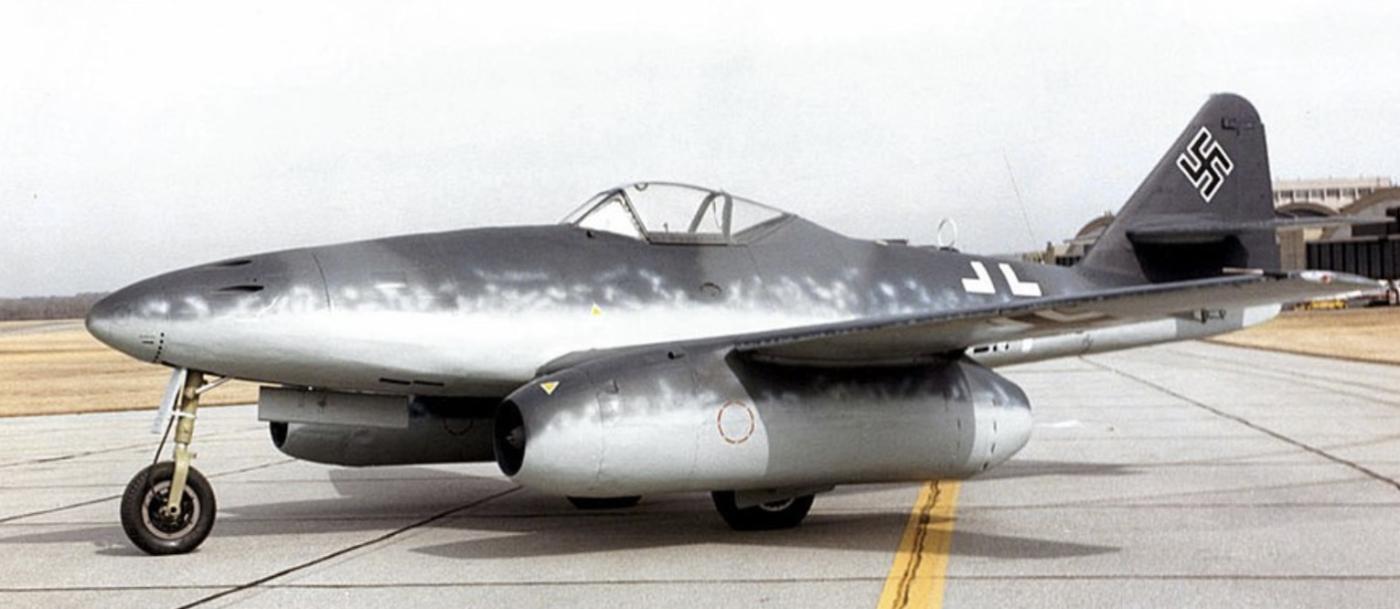
Stormbird jet fighter
The Messerschmitt Me 262 was the world’s first operational jet-powered fighter aircraft. Developed and deployed by Nazi Germany during World War II, it represented a revolutionary leap in aviation technology. Known by the Allies as the “Stormbird” and by the Luftwaffe as Schwalbe in fighter roles, it was also used as a fighter-bomber and reconnaissance aircraft under the name Sturmvogel.
The Me 262 offered unprecedented speed and firepower for its time and was years ahead of its Allied counterparts. However, political interference, production challenges, and resource shortages severely limited its potential to alter the course of the war.
The aircraft was designed by a team at the Messerschmitt company, led by Dr. Waldemar Voigt, under the overall direction of Willy Messerschmitt. Development work began in 1938, even before the outbreak of the war. The goal was to create a jet-powered interceptor that could outperform all existing piston-engine fighters.
The propulsion system proved to be one of the biggest obstacles. Early models used BMW 003 turbojets, but these engines were unreliable. Eventually, the engineers adopted the more dependable Junkers Jumo 004B axial-flow turbojets, each producing about 1,980 pounds of thrust. Engine issues, combined with Hitler’s insistence that the Me 262 serve as a fighter-bomber rather than a pure interceptor, caused significant delays. As a result, although prototypes flew as early as 1941, the Me 262 didn’t enter full operational service until 1944.
In terms of performance, the Me 262 could reach speeds of approximately 870 kilometers per hour (540 miles per hour), making it over 150 mph faster than any Allied fighter. It had a range of about 1,050 kilometers (652 miles), a service ceiling of 11,500 meters (37,700 feet), and a climb rate of around 1,200 meters per minute. Powered by two Junkers Jumo 004B-1 engines, the Me 262 had unmatched speed and could outrun or outclimb nearly any adversary it encountered. However, the engines were fragile and had short lifespans, typically needing replacement after just 25 to 50 flight hours.
The aircraft was also exceptionally well-armed. It carried four 30 mm MK 108 cannons in the nose, capable of destroying Allied bombers with just a few hits. In some configurations, it also carried 24 R4M rockets under the wings, providing even greater firepower and enabling it to attack from a distance. This made the Me 262 particularly effective as a bomber interceptor.
Despite its technological superiority, the Me 262's impact on the war was limited. Around 1,430 units were built, but fewer than 300 saw combat due to fuel shortages, Allied bombings of factories, and lack of experienced pilots. Additionally, the Me 262 was vulnerable during takeoff and landing, when its engines responded slowly and it lacked the acceleration to escape quickly. Allied pilots learned to exploit this vulnerability by attacking near airfields.
In combat, skilled pilots achieved impressive success with the Me 262. German aces such as Walter Nowotny and Adolf Galland flew the aircraft and recorded several kills. Galland reportedly praised its performance and handling, calling it a joy to fly. Allied pilots, by contrast, were often surprised and frustrated by its speed and firepower.
Though it failed to shift the course of the war, the Me 262’s influence on aviation was profound. After the war, captured aircraft were studied extensively by both the United States and the Soviet Union. Elements of its design, such as the swept wing and jet propulsion, informed the development of first-generation Cold War jet fighters. Its technology served as a foundation for what would become the jet age in both military and civilian aviation.
The Me 262 was a remarkable achievement that came too late to change history, but it remains one of the most important aircraft ever built. Combining cutting-edge engineering with a forward-looking vision of air combat, it proved that jet propulsion was the future and helped shape the direction of aviation for decades to come.

